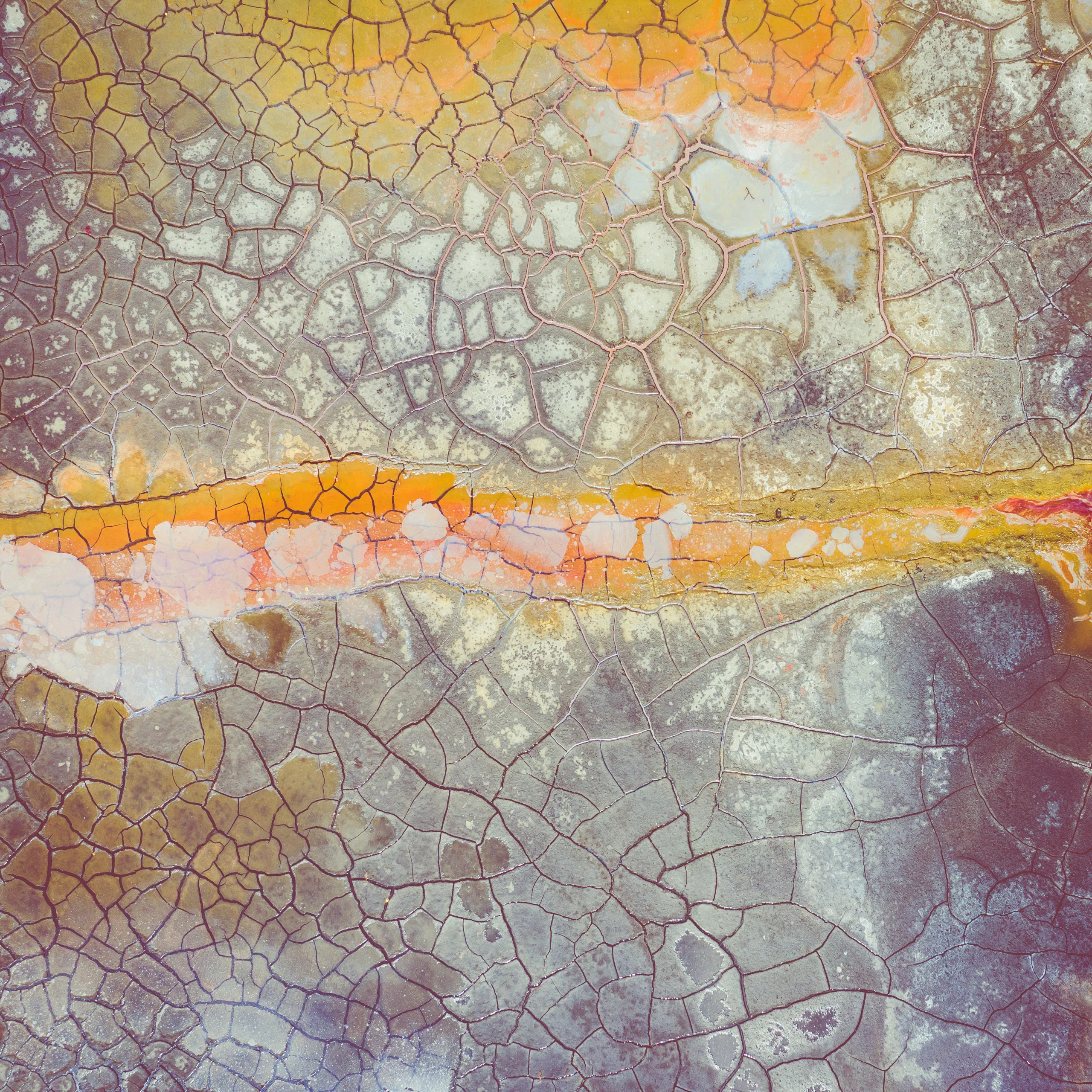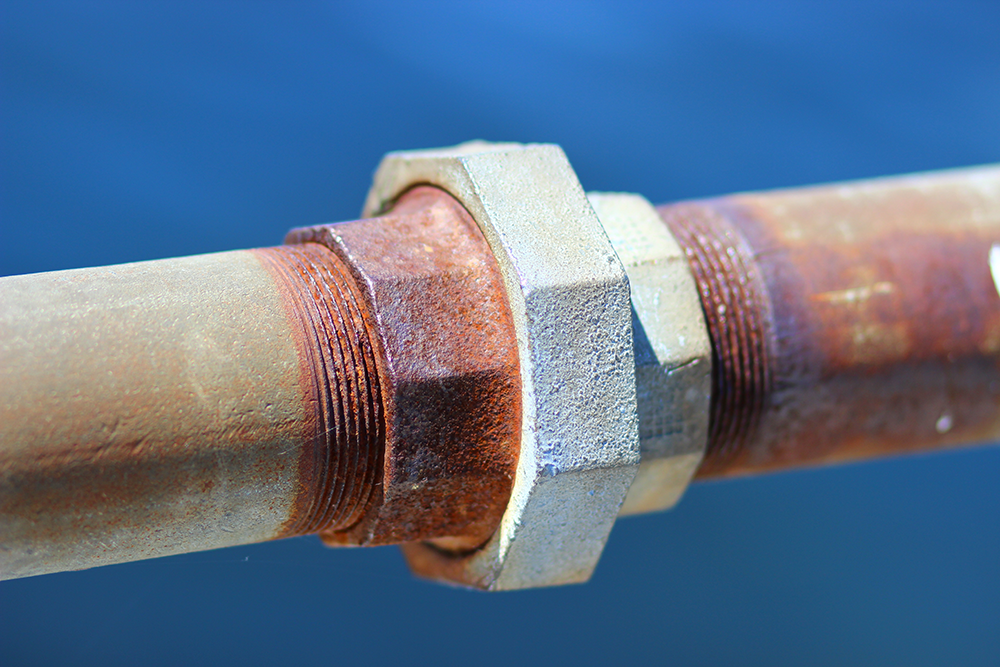Stress Corrosion Cracking in Stainless can lead to sudden, unexpected failures. Stainless steel pipework y accesorios are used in a wide range of applications, so their reliability is critical. A thorough understanding of stress corrosion cracking and reducing the likelihood of its occurrence ensures the proper operation of piping systems.
What is Stress Corrosion Cracking in Stainless? A Silent Threat!
Stress corrosion cracking of stainless steel is a serious form of corrosion. It occurs when tensile stress, a specific corrosive environment and a susceptible material combine. Cracks are created and expand and spread through the metal. When SCC occurs, severe corrosion does not usually occur.
Key Factors Causing Stress Corrosion Cracking in Stainless
One is the applied stress generated during operation. Secondly, residual stresses generated during manufacturing. Soldadura produces large residual stresses. High internal pressure in the pipeline can also be a contributing factor.
Corrosive environments can also lead to SCC, including chlorides, high temperatures, caustics, etc.
Austenitic stainless steels (e.g. 304, 316) are more susceptible. Ferritic or duplex stainless steels are more resistant.
Elevated temperatures significantly accelerate the occurrence of SCC. The risk usually increases at temperatures above 60 °C (140 °F). Hot chloride solutions are particularly dangerous.
Cracks may develop and grow slowly. But they can expand suddenly and without warning. The longer the exposure time, the greater the risk.
SCC-Prone Environments for Stainless Steel
| Environment Type | Common Examples | Susceptible Stainless Grades |
|---|---|---|
| Chloride Solutions | Seawater, cooling towers, brines | Austenítico (304, 316) |
| Caustic Solutions | High pH environments, strong alkalis | Austenitic (304, 316) |
| High-Temp Water | Boilers, hot water heaters | Austenitic (304, 316) |
| Sour Gas (H2S) | Oil & gas production | All SS grades (less common for duplex) |
| Acidic Condensates | Flue gas desulfurization (FGD) | Austenitic, some duplex |
Qué hacemos
Prevention Strategies for Stress Corrosion Cracking in Stainless
| Strategy | Action | Benefit for Pipe/Fittings |
|---|---|---|
| Material Selection | Use resistant grades (Dúplex, Super Duplex) | Higher SCC resistance |
| Stress Reduction | Post-weld treatment , tratamiento térmico, shot peening | Lowers residual stresses |
| Environment Control | Reduce chlorides, lower temperature, add inhibitors | Limits corrosive potential |
| Design Optimization | Avoid crevices, sharp corners | Prevents stress concentration |
| Acabado superficial | Smooth, polished surfaces | Reduces crack initiation sites |
| Proper Welding | Control heat input, use low-carbon fillers | Minimizes sensitization, stress |
Impact of SCC on Stainless Steel Pipe and Fittings
SCC usually results in a sudden brittle fracture that occurs without warning. This can lead to complete system failure.
Leaking hazardous fluids are extremely dangerous, causing injury to personnel and damage to the environment.
Failures can lead to immediate downtime and significant production losses. Repairs are costly.
SCC cracks are often subtle and difficult to detect with the naked eye, often requiring non-destructive testing.
An entire section of pipe may need to be replaced. This is due to localised damage that cannot be repaired.
Choosing the Right Stainless Steel for SCC Resistance
- Duplex Stainless Steels (e.g. 2205, 2507): have excellent SCC resistance. Their hybrid ferrite-austenite microstructure contributes to this, making them ideal for use in chloride-rich environments.
- High Nickel Alloys (e.g. Alloy 800, Hastelloy grades): These alloys have excellent SCC resistance. They are suitable for extremely corrosive environments and can withstand high temperatures and high concentrations of corrosives.
- Low Carbon Alloys (e.g. 304L, 316L): Although not immune, their low carbon content helps. It reduces sensitisation to improve resistance to intergranular corrosion.
- Proper Manufacturing: Even resistant grades require proper processing. Avoid excessive cold working. Control welding parameters.
Sourcing Reliable Components
Choose a manufacturer who has extensive experience with stainless steel and who understands its unique properties. This ensures optimal moulding results.
Look for state-of-the-art tooling capabilities, precision tooling is critical and can affect part quality and consistency.
Ensure rigorous calidad checks are in place, including dimensional checks, etc. Material integrity verification and material test reports are also critical.
Work with reputable manufacturers who offer reliable stainless steel products and have certifications(e.g. ISO 9001 and CE-PED).
Confirm that the manufacturer can meet your production volume requirements. They should handle both prototyping and volume production.
Contacto
- RM901 No.22 Tangjiaqiao Road Wenzhou China
- +86 577 8551 1171
- [email protected]
- https://www.kaysuns.com/



